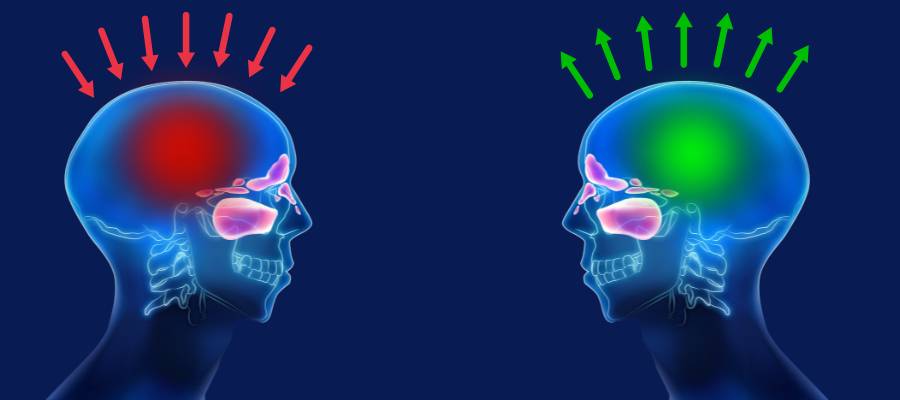What is CFR, Cranial Facial Release Treatment?

Introduction to CFR
Cranial Facial Release (CFR) is an advanced chiropractic technique used to treat various neurological and structural disorders. This method, also known as “balloon-assisted” endonasal cranial adjustment, was developed from the earlier technique Bilateral Nasal Specific (BNS) pioneered by chiropractor Richard Stober during the 1960s and 1970s. Dr. Adam J. Del Torto further refined this technique, creating CFR, which is more precise and non-invasive.
How Does CFR Work?
CFR is based on the fact that the human skull is not a single bone but is made up of 22 individual bones connected by sutures that allow slight movement. During the procedure, small balloons are carefully inserted into the nasal cavity (specifically into the nasopharynx), and then rapidly inflated to mobilize the facial and cranial bones. This manipulation aims to unlock cranial fixations and induce mobility in the cranial system, specifically targeting the sphenoid bone, which allows normal cerebrospinal fluid function.
"The human skull consists of 22 individual bones that must move in order to allow expansion and contraction during the breathing process."
Dr. Adam J. Del Torto
Indications for CFR

Notes and Contraindications
Although CFR is a safe and effective technique, a consultation with a qualified chiropractor is required before starting treatment. Not all individuals are candidates for CFR; those with certain medical conditions, such as acute nasal or sinus infections, may be excluded from treatment. While CFR is effective for many, it is important to note that results may vary, and the procedure may not be comfortable for everyone. However, our certified chiropractor Milan is always ready to advise and determine whether this treatment is right for you.
Discover How CFR Can Improve Your Health and Well-Being.
Contact our chiropractor today and schedule a free consultation.
Read more about CFR

Differences between cranial facial release (CFR) and nose surgeries
(balloon sinuplasty, rhinoplasty, septoplasty, endoscopic sinus surgery, etc.) If you’re dealing with breathing issues or sinus congestion, you’ve likely come

Congestion & cranial facial release (CFR)
Congestion – whether sinus-related or otherwise – can be downright miserable. That stuffy, heavy-headed feeling can make you want to

Deviated septums and broken noses & cranial facial release (CFR)
If you’ve been dealing with a deviated septum or recovering from a broken nose, you know how exhausting constant congestion

Breathing issues and cranial facial release (CFR)
If you struggle with breathing – whether it’s chronic congestion, sinus trouble, or a general sense of not getting enough

